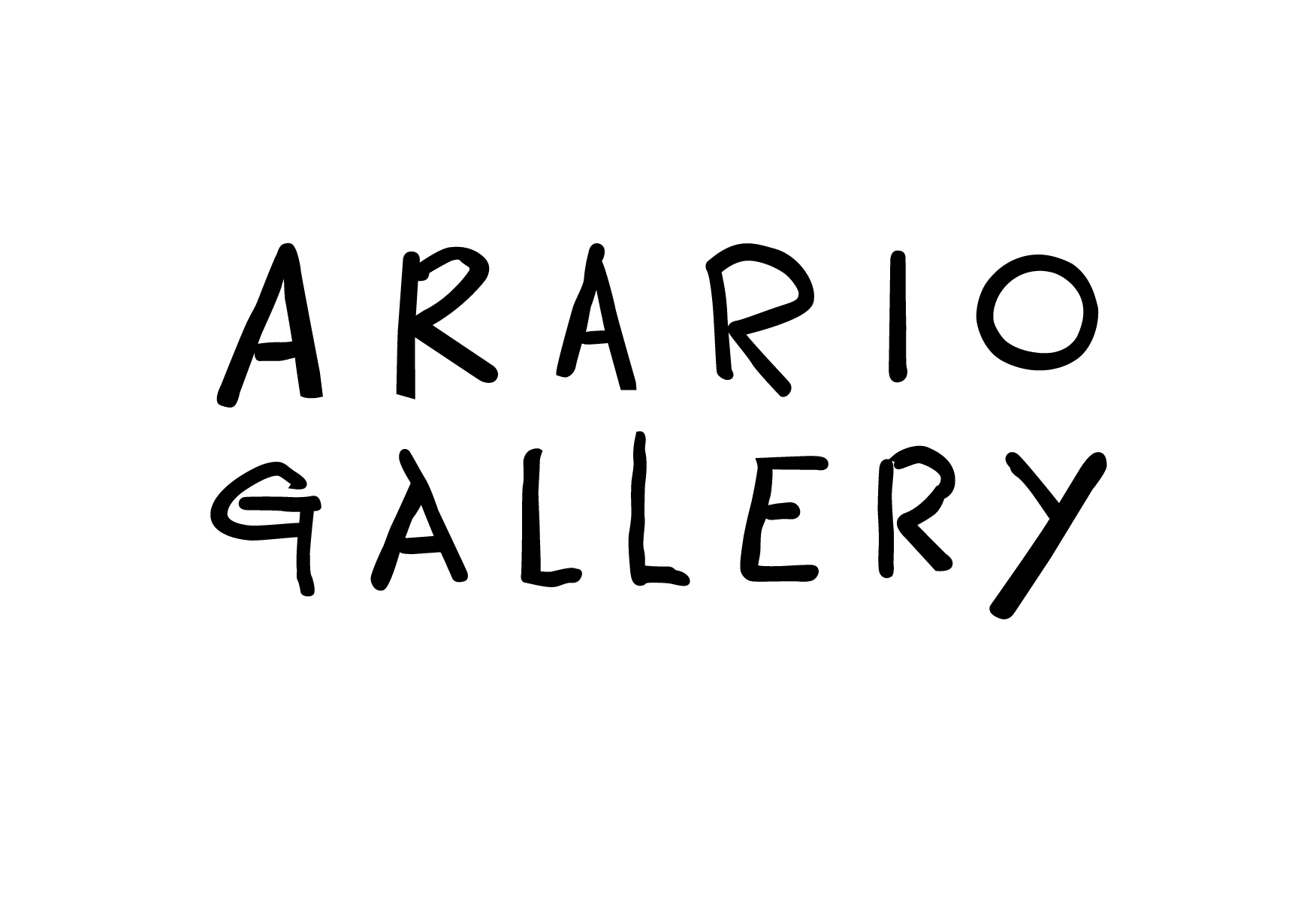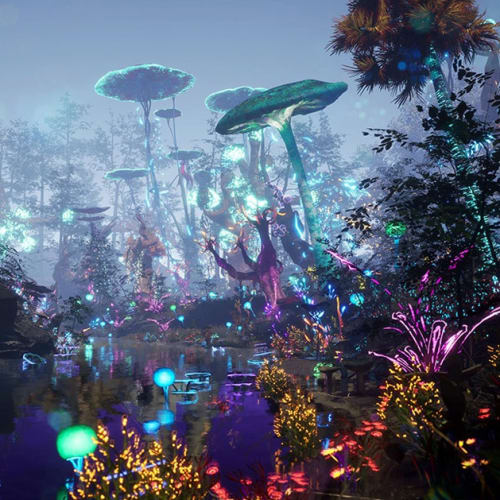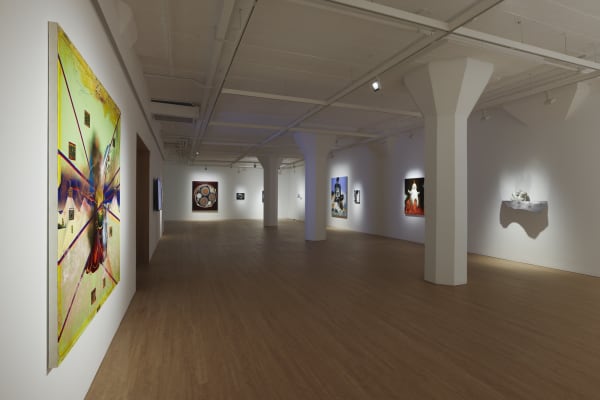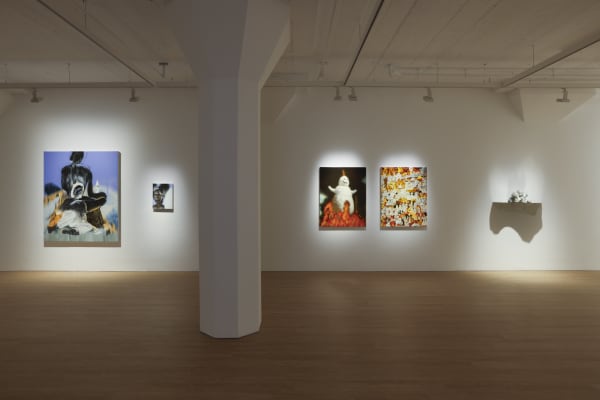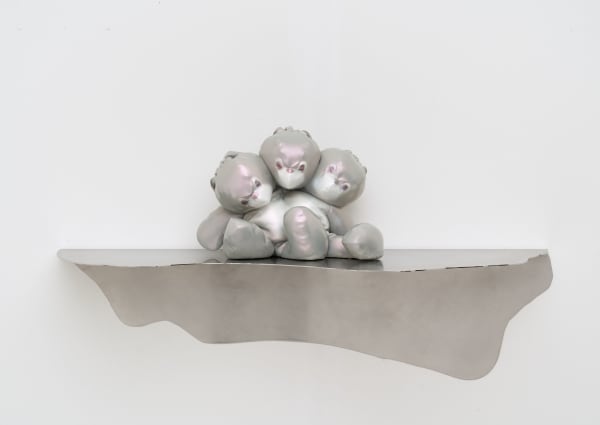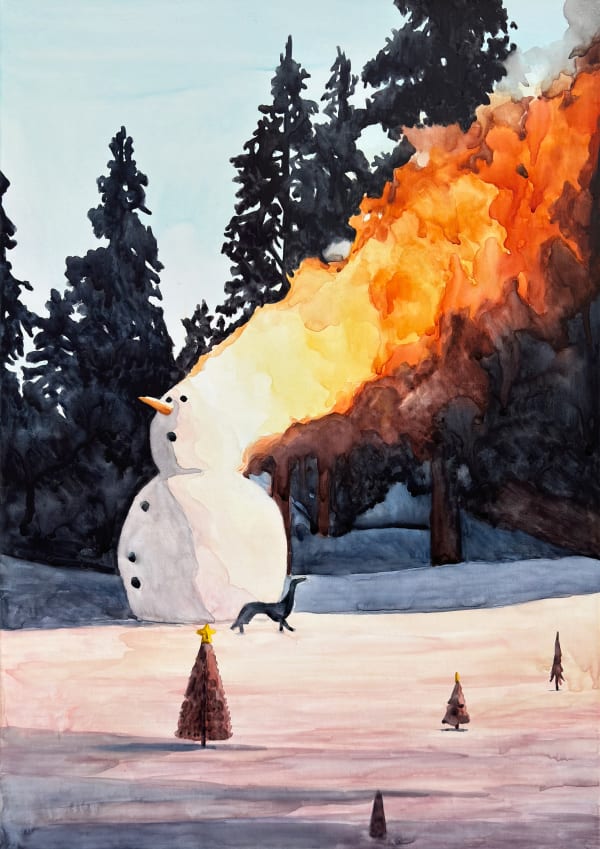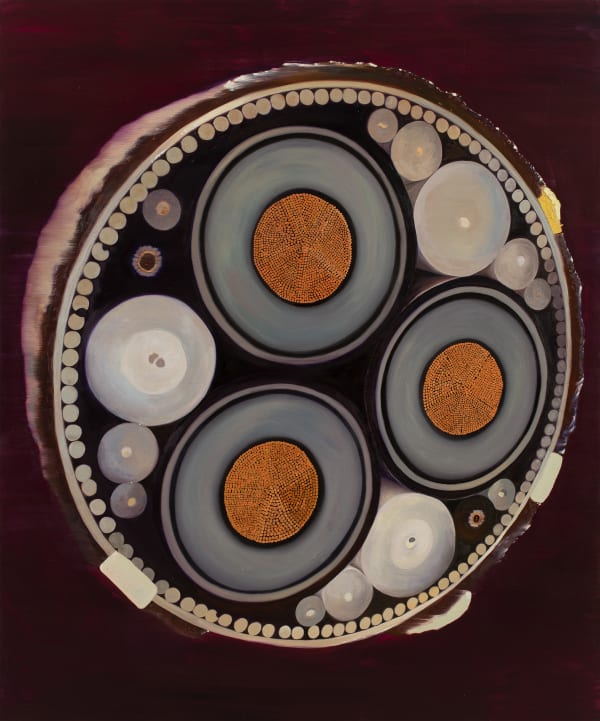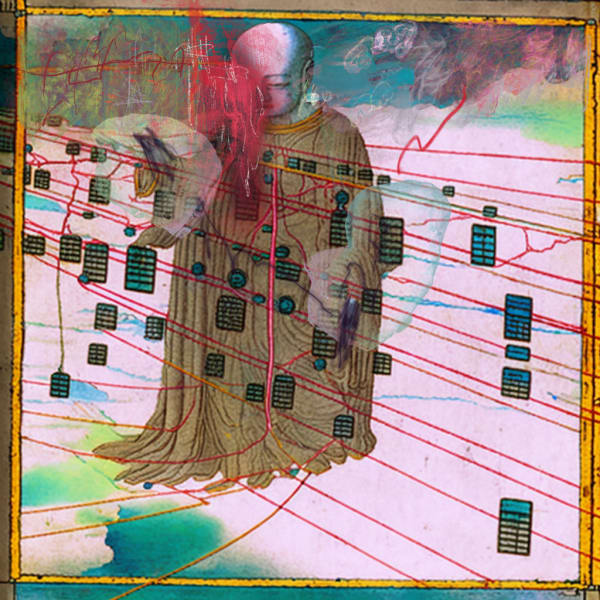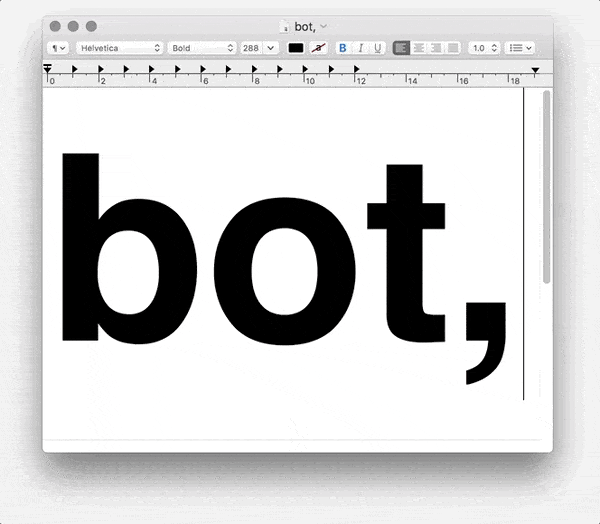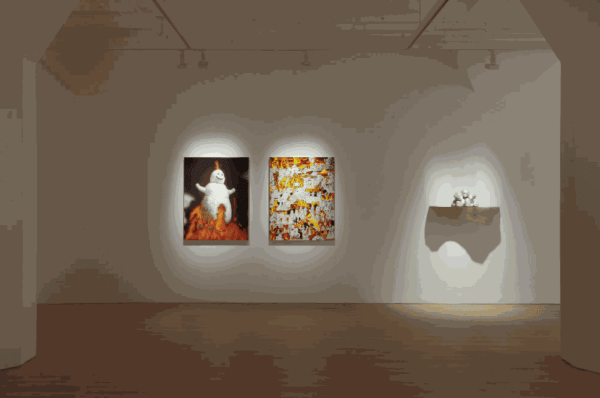Beyond The Circular Ruins: GROUP EXHIBITION
Past exhibition
Overview
ARARIO GALLERY SHANGHAI is honoured to announce the group exhibition Beyond The Circular Ruins, showcasing works by artists aaajiao (b. 1984, China), NOH Sangho (b. 1986, Korea), RAO Weiyi (b. 1993, China), TAN Mu (b. 1991, China), and WU Ziyang (b. 1990, China), on view from May 23 (Fri) to July 19 (Sat), 2025. The exhibition explores fissures in algorithmic systems and generative technologies, presenting aesthetic and conceptual experiments born from artists' embrace of "non-mastery" amid conflicts between machinic logic and human intention, manifested through glitches, voids, aberrations, and discontinuities.
"For what had happened many centuries before was repeating itself. The ruins of the sanctuary of the god of Fire was destroyed by fire. [...] They did not bite his flesh, they caressed him and flooded him without heat or combustion. With relief, with humiliation, with terror, he understood that he also was an illusion, that someone else was dreaming him."
This closing passage from Jorge Luis Borges’ The Circular Ruins (Las Ruinas Circulares) unveils a recursive Samsara of creation: a sorcerer from the wilderness conjures another human’s flesh and consciousness through dreams, after experiencing ruptures of dream, delirium, and awakening, until finally igniting illusion life with fire. Yet when the newly born youth departs for the next crumbling sanctuary, the sorcerer’s own burned sanctuary is consumed once more—the creator, too, is an illusion dreamed by another.
This technological parable persists in our "eternal present": AI generates "intelligence" through layered data and backpropagation-based iterative training, its stacked architectures entrenched in path-dependent technical paradigms. The black-box nature of deep learning (with its inherent lack of explainability) renders retroactive tracing and correction mechanisms nearly inoperative, ultimately breeding simulacra of technological autonomy. Yet the power relations within technological systems—such as the data politics of algorithmic bias—also overflow human intentionality through opacity, particularly in the liminal zones of systemic turbulence: boundaries between binary oppositions like human/machine, logic/emotion, input/output, and intentionality/automation dissolve here. The glitch here is not an error but a declaration: critical reflection emerges at these fissures when the system transiently exposes its inherent biases, its opacity, or its discrepancies from human cognition.
NOH Sangho's Permanent Beta – How Can I Not Believe in God? (2020) confronts this simulacrum paradox through digital characters trapped in "permanent beta." The artist, as omniscient observer, manipulates their world via mouse-click miracles that transcend physical laws, eliciting declarations of faith while perpetuating cycles of suffering. Viewers oscillate between protagonist, creator, and witness roles within the looping narrative, becoming both miracle observers and accomplices to infinitely consumed data flows. The work transforms into a "system test" of power vacuums, playfully deconstructing techno-faith through meme aesthetics. aaajiao similarly interrogates algorithmically generated realities by embedding unexplainable "traces" in works like bot,(2017-2018), treating screens as "membranes between physical and digital" to examine how data reshapes bodily memory through haptic feedback. In Agent (2023), fungal-inspired virtual entities ("Internet void") explore mycorrhizal symbiosis metaphors, linking AI-generated illusions to human imagination.
TAN Mu investigates the invisible structures that shape modern life, ranging from submarine communication systems and data flows to cosmic observation and memory systems. She navigates the liminal space between technological history and personal experience, viewing technology as both an extension of the body and an externalisation of memory, thereby interrogating the core existential essence of humanity through the theme of connection and continuity. WU Ziyang's video Agartha (2024) constructs a speculative archaeology of our techno-ecological present, blending media archaeology, documentary materials, field investigations, and sci-fi imagination to explore selfhood formed through contingent technological linkages and their latent material/spiritual perils. RAO Weiyi's paintings anchor emotional stability in our age of information overload, depicting solitary figures or intimate pairs in tranquil scenes—digital-era heterotopias preserving unalienated affective spaces.
Rather than striving for mastery over AI, these artists embrace non-mastery, allowing for slippages, unpredictability, and co-authored emergence, seeking possibilities beyond predetermined cycles. Their practices foreground not resolution, but ambiguity; not fluency, but friction. Beyond The Circular Ruins thus proposes the seam not as a site of closure or division, but as a space of radical potential—a zone where perception is refracted, art critically entangles with technology, and birthplaces of new possibilities.
Installation Views
Works
Press
